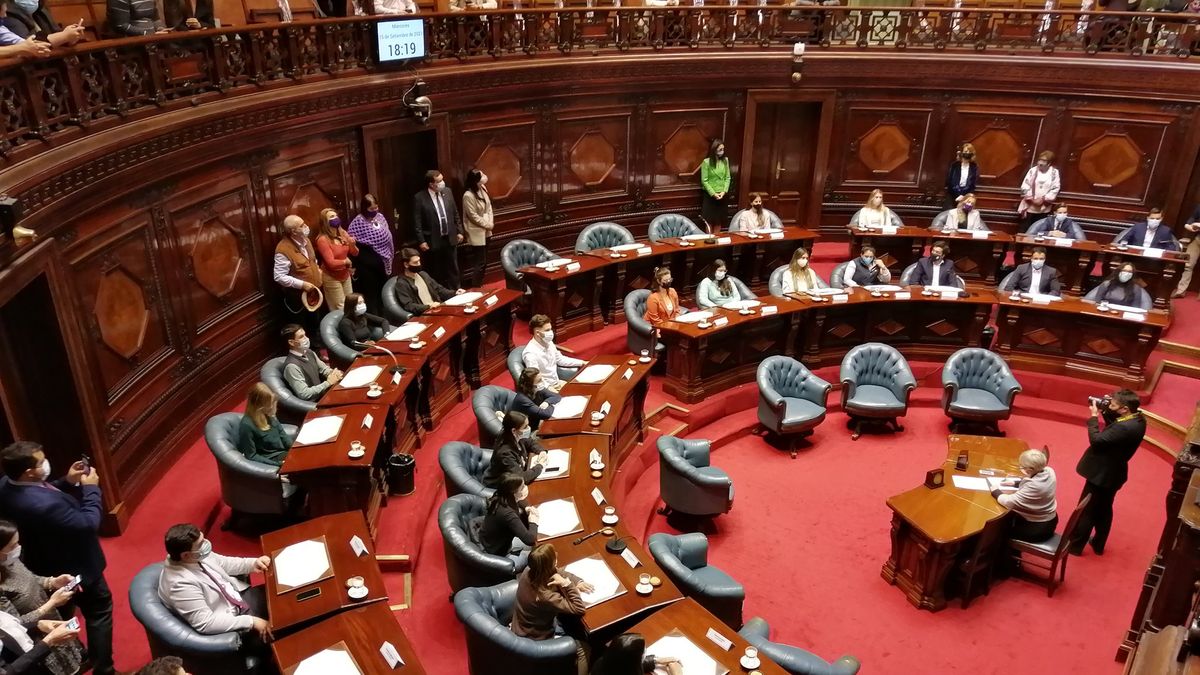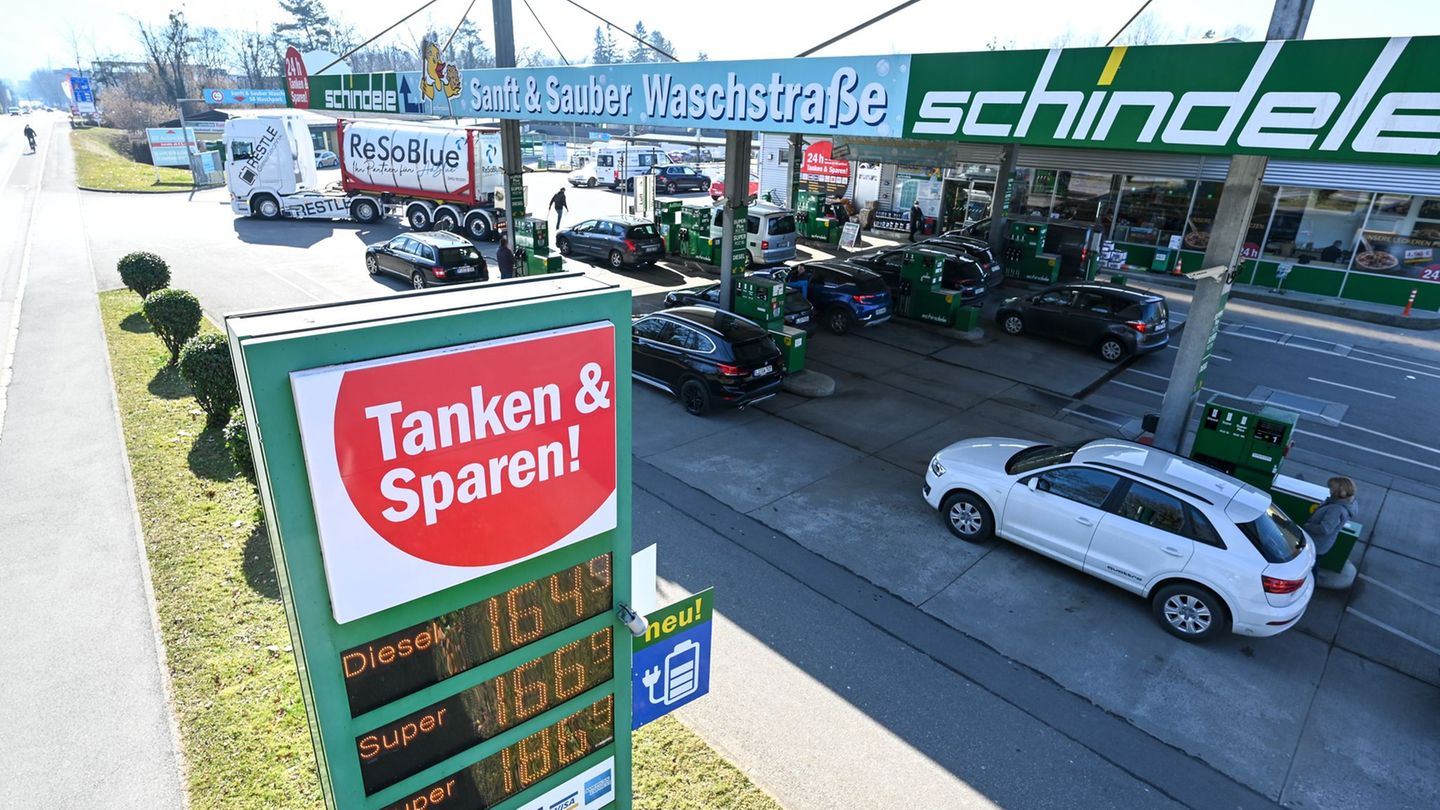Packaging waste is a problem in the EU, amounting to almost 190 kilograms per person per year. There is a consensus in Brussels: packaging should become less, smaller, reusable and recyclable.
In the fight against packaging waste, significantly more packaging should be recyclable in the EU in the future. Negotiators from the European Parliament and the EU countries in Brussels agreed on this, they said. The aim of reforming an existing directive is to produce less waste, make packaging safer and more sustainable and promote the circular economy. The basis for the negotiations was a legislative proposal from the EU Commission from 2022. What do the new rules mean for consumers and manufacturers? Questions and answers.
Why should there be new rules?
Packaging waste is a big problem in the EU. Although recycling rates have increased, the amount of packaging waste is growing faster than recycling. According to EU countries, the amount of packaging waste has increased by almost 25 percent over the past ten years. It is expected to increase by a further 19 percent by 2030 if no action is taken. According to information, an increase of 46 percent is expected for plastic packaging waste by 2030.
According to the latest figures from the EU statistics authority Eurostat, there were 188.7 kilograms of packaging waste per inhabitant in the EU in 2021. The aim of the agreement is to gradually reduce packaging waste in the EU by at least 15 percent by 2040 compared to 2018. It should be 5 percent less by 2030 and 10 percent by 2035.
What should change?
In the future there will be stricter regulations for all packaging. With certain exceptions for textiles, ceramics and rubber, among others, all packaging should be recyclable. In the future, orders from the Internet should only be delivered in containers that are at least half full: the so-called empty space share may be a maximum of 50 percent, the states said. According to parliament, very light plastic bags will no longer be allowed in the future – unless they are necessary for hygiene reasons or are used for loose food to avoid food waste, it said.
What about food packaging?
Certain single-use plastic packaging, such as for unprocessed fresh fruit and vegetables or individual packaging for sugar or cream, for example – which is mainly used in restaurants and cafés – will be banned from 2030, Parliament announced. In order to reduce damage to health, according to parliament, the so-called forever chemicals PFAS should be banned in packaging that comes into contact with food.
Restaurateurs should be obliged to accept containers brought by consumers to take away food. They also plan to offer 10 percent of their products in reusable packaging by the end of the decade. EU countries should continue to create incentives for restaurants, canteens, bars and cafés to offer tap water free of charge or at a low price.
What about soda cans and bottles?
The new rules will also include a deposit system for single-use plastic bottles and aluminum cans. The goal is for 90 percent of these beverage packaging to be collected separately. Countries that are already collecting successfully will be exempt from the new regulation. By 2030, at least 10 percent of all alcoholic and non-alcoholic drinks should be in reusable packaging. According to the states, wine, milk and other perishable drinks should be exempt from the rule.
What awaits manufacturers?
In the future, manufacturers and importers will be obliged to ensure that the weight and volume of packaging is minimized – except for existing protected packaging designs. The production of packaging and the management of packaging waste with a total turnover of 370 billion euros is an economically important sector in the EU, the countries said.
What are the reactions?
The Association of Municipal Companies (VKU) expressed itself positively. “The historic high of packaging waste can only be reduced through strict waste avoidance and the promotion of reuse and recycling,” said Vice President Patrick Hasenkamp.
SPD MEP Delara Burkhardt called the decision an important “step towards a more sustainable future for Europe”. The reform means more environmental protection, less waste and stronger rights for consumers. The CDU MEP Peter Liese spoke of a “turning point in EU politics” and emphasized that recycling and reuse would be treated equally in the agreement. Reusable does not automatically have to be the best thing for the environment.
Criticism comes from the CDU’s Economic Council. The new packaging rules will present companies with problems that are difficult to solve, said the Secretary General of the Economic Council, Wolfgang Steiger. The current regulation will also have “unpleasant consequences” for consumers. “The rising prices for outer packaging will be clearly noticeable at the supermarket checkouts,” said Steiger.
What’s next?
The new rules still need to be formally adopted by the countries and the EU Parliament. They should then be valid for 18 months after they come into force.
Source: Stern




